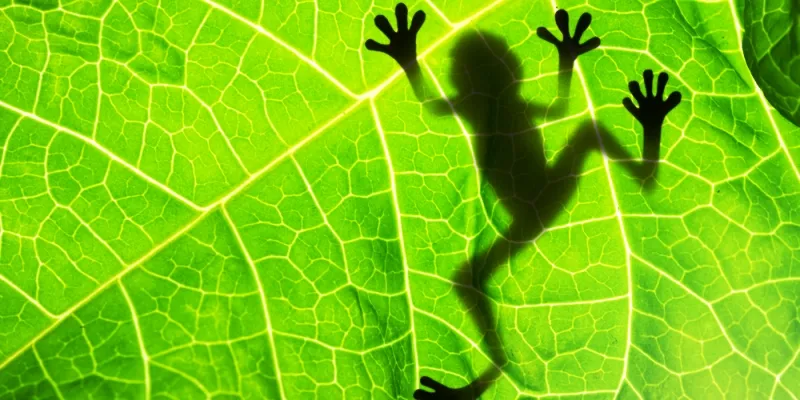Five new animal species discovered in Tibet
The discovered species are a type of macaque (a genus of gregarious Old-World monkeys), bushmaster snake (venomous), and three kinds of frogs.
Five new animal species have been discovered in Tibet, including three kinds of frogs, one old-world monkey, and a bushmaster snake, challenging the long-held view that the Himalayan mountains are a desolate and lifeless region.
The discovery of the five new species was the result of an eight-year investigation of the terrestrial wildlife in the Tibet Autonomous region carried out by the regional forestry bureau, Global Times reported on Monday.
Covering an area of 6,346 sq km, this was a second such investigation carried out by the bureau, the report said.
The discovered species are — a type of macaque (a genus of gregarious Old-World monkeys), bushmaster snake (venomous), and three kinds of frogs.
The investigation also discovered 20 species that were not previously known to habitat in Tibet.
The white-cheeked macaque is the only mammal of all the five new species. Its place of dwelling was Medog county, which is the last county in Tibet bordering Arunachal Pradesh.
The species was first described by its discoverers, Chinese primatologists Li Cheng, Zhao Chao, and Fan Pengfei, in 2015.
It is the first primate species in recent decades to be named by Chinese scholars, and is also the most recent new macaque species to be described in an academic paper, the report said.
White-cheeked macaques are stout with the males significantly larger than the females. These animals' backs range from yellowish-brown to chocolate-brown colours, while their cheeks sport the distinct greyish-white hairs that gave them their name.
Protobothrops himalayanus — a type of bushmaster snake — was discovered in the Himalayas in 2012. Its most distinctive features are its red head and red eyes. It can grow up to 1.5 meters in length.

Representational image
The discovery of the snake is seen as a big challenge to the notion that the Himalayas are a desolate and lifeless region.
Liu Wulin, a researcher with Tibet's Forestry Planning and Research Institute, told the Guangming Daily that the discovery of such a large venomous snake is an indication of local species diversity and that the local ecological environment is highly native and not damaged as predators need a complete food chain to survive.
Over 900 researchers were involved in the investigation, which examined the distribution of wild animals in Tibet, their habitats, population size, and changing trends.
Identifying threats to the habitats of wild animals, an examination of their domestication, breeding, and trade were also focussed during the investigation, the report said.
Edited by Suman Singh










